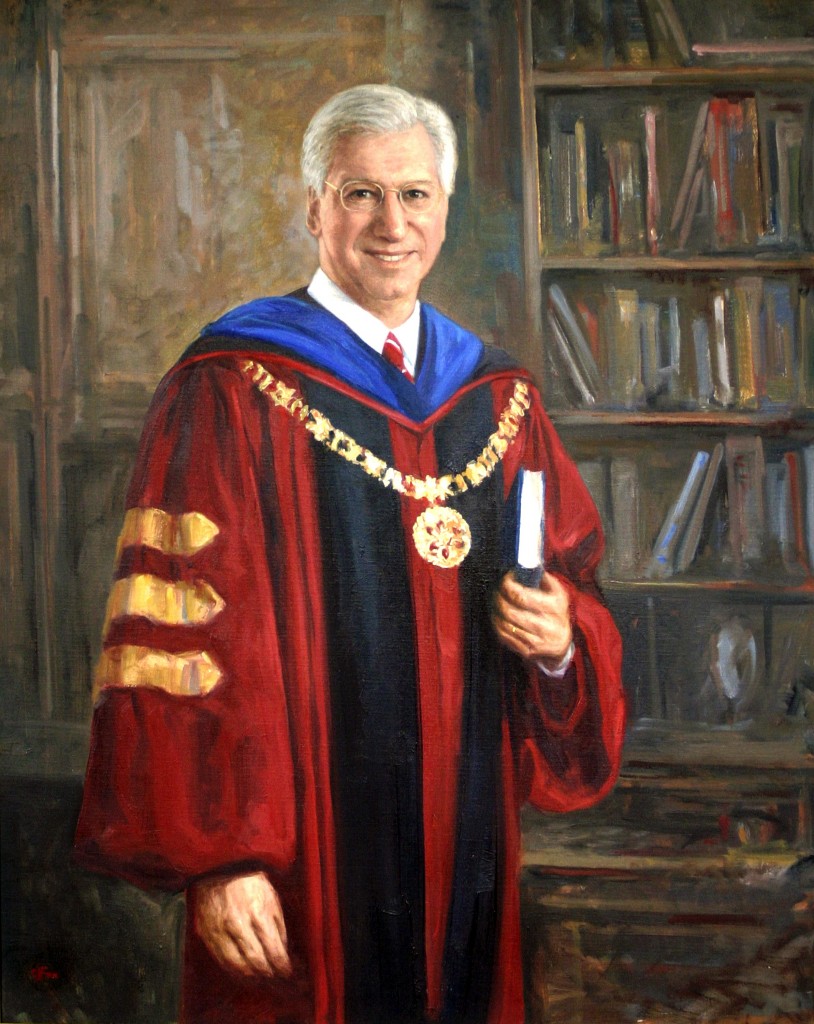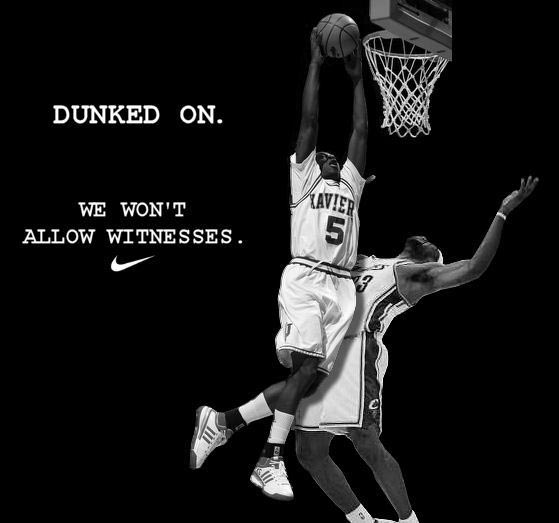We stumbled across an article recently while reading about the latest Sarah Palin tragicomedy, and we were immediately surprised about a couple of things. First, why is the Huffington Post writing about one-and-done basketball players? And second, why is the author of the piece, NCAA head honcho Myles Brand, blogging for the HuffPo and not ESPN, CBS Sports, NCAA News or some other sports-related website? Further investigation revealed that Brand has been writing on this platform since last August – 13 total entries – ranging in topics from the myth of the ‘dumb jock’ to diversity hiring in athletics to pay-for-play. It made for some interesting browsing, and if you have an extra fifteen or twenty minutes, well worth the time to delve deeper into the mind of someone who has spent countless hours in contemplative thought about the major issues affecting collegiate athletics today.

Of course, the post that caught our eye initially was written this week and called “Maybe Two is More Than Twice As Good As One,” and the central thesis to Brand’s argument is that there is a media-driven hysteria that significantly overblows the negative impact that one-and-dones have on college basketball. Brand writes:
Other than all the articles written, it [one-and-dones] has little impact on the college game. “But wait,” shout the naysayers, “What about the fact that the rule guarantees there will be basketball players — student-athletes — who have no intention of being students and even stop going to classes their second semester? And what about the fact that some may cheat to become eligible for their required one year?” The problem with the majority of the media reports is that they focus on the same two or three examples and fail to point out that the number of one-and-doners is no more than a handful in any one year.
Brand, in aggregate terms, is right about this part. We showed in our analysis of one-and-dones last week that there have been 24 total such players in the three year history of the rule, or, roughly eight per year, which accounts for <0.1% of D1 players in a given season. Of the 24, only two players – USC’s OJ Mayo and Memphis’ Derrick Rose – have been involved in ex post facto allegations of impropriety (roughly 8% of those). (Note: the class of 2009 with John Wall, Lance Stephenson, Renardo Sidney and others could significantly increase these numbers). Eight percent of a sample of 0.1% of D1 players is a very small number indeed, and from Brand’s perspective as president of the entire shebang, seemingly insignificant.
The problem is that, from a casual college basketball fan’s perspective, those 24 players are significant. And for a fan of a particular school that has lost multiple star players in three seasons to the one-and-done rule – schools such as Ohio St. (3), UCLA (2), Georgia Tech (2), Memphis (2), or USC (2) – those players are very significant. Not to mention fans who are fatigued from watching star players pass through campus for one unfulfilling season before shuffling off to the NBA – keep in mind that of the nineteen one-and-dones, only Rose, Kevin Love and the OSU trio of Greg Oden, Mike Conley and Daequan Cook have played in a Final Four and none has won a championship (Melo, of course, came to Syracuse prior to the NBA rule). As a result of this rule, college basketball is robbed of its top young players every single year, often before they can make a national splash, and that fact alone makes it increasingly difficult for casual fans to stay tuned in on a year-to-year basis.

While we generally take issue with the relative impact of the one-and-done rule according to Brand (it’s a big deal!), we completely agree with his suggested solution: just add another year to the NBA requirement. We’re as much a right-to-work person as anybody, and by no means do we want to suggest that this is the ‘right’ thing from the perspective of the athletes; however, if the NBA is going to continue to insist on a rule for its own selfish reasons of improved scouting, minimizing competitive risk, and providing players a less stressful opportunity to grow, then a two-year requirement is the proper compromise. By staying in college for two seasons, Brand mentions that the marketability of stars would increase substantially and it certainly would get more players further along the path toward graduation (4+ semesters vs. 1+), and we completely agree with his assessment.
The word we’ve heard for some time now is that NBA Commish David Stern wanted a two-year requirement during the last collective bargaining negotiations, but he backed off in order to get some other things on his wish list. With a rough economy taking a bite of the entertainment dollar in NBA cities across the land, Stern may be in good position to push through the two-year rule when the next bargaining session begins in 2011. And who knows, with Myles Brand lobbying/blogging into his ear, college hoops may just end up better for this in the long run.













































